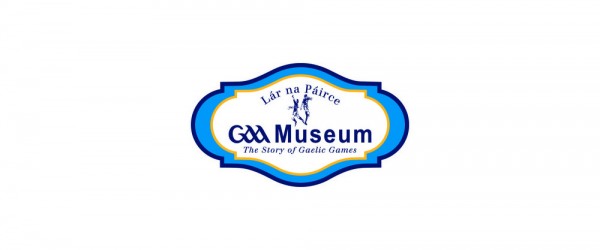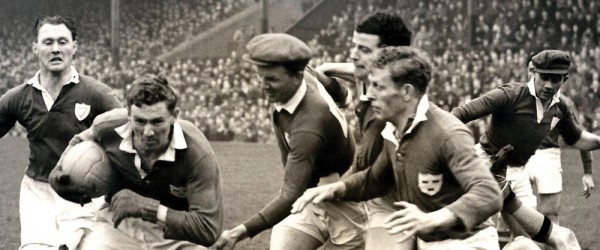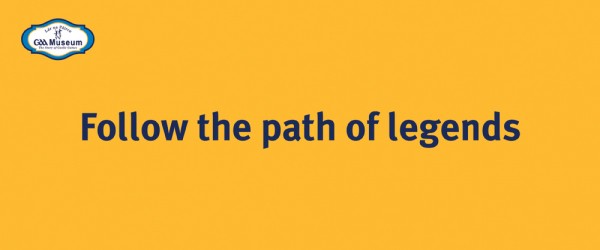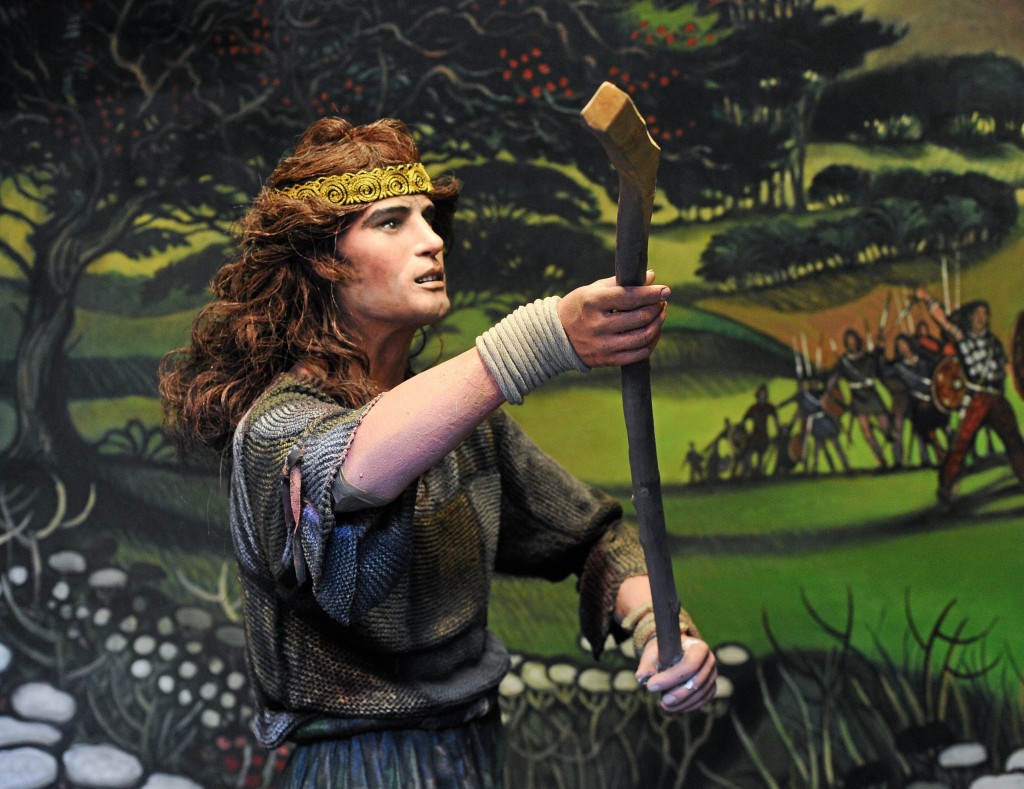The Antiquity of Hurling
Hurling is older than the recorded history of Ireland. It predates Christianity and has been a distinct Irish pastime for over 3000 years.
The Seanchás Mór, which includes accounts of the Brehon Law, Irelands early native law, states that the son of a rí (local king) could have his hurley hooped in bronze, while others could only use copper for this purpose. Also it states that it was illegal to confiscate a hurley.
Other ancient texts from the 7th and 8th century describe the compensation, penalties and punishments that were to be meted out to whosoever deliberately injured or killed a player as a result of hurling.
The ancient legend of how Setanta’s name was changed to Cú Chulainn, after his killing of Culann’s fierce guard hound by driving a hurling ball down its throat, is familiar to every Irish school pupil. This account comes from the Táin Bó Cuailgne, Although the surviving version of this epic dates from the 12th century it has been convincingly argued that the story’s origins lie in the Iron Age (500 BC – 400 AD).
Such legends show the antiquity of Ireland’s national game, but it isn’t the earliest reference we have to the game.
The earliest reference to the game of hurling details a very bloody hurling game between the ancient tribes Tuatha De Danna and the Fir Bolg that was played at Moytura, County Mayo. This mythical match supposedly took place during the Bronze Age, in 1072 B.C.
Possible representations of hurling are also found on two high crosses from Kells and Monsterboice, which date from 9th/10th centuries AD. On each of these crosses a biblical panel is depicted which illustrates David killing a lion with what appears to be a curved stick and ball. The killing instrument should in fact be a sling, but it appears that a hurley was chosen instead as it may have been more familiar to an Irish audience.
At Lár na Páirce museum in Thurles, visitors can enjoy a specially commissioned visual depiction from the legend of Cú Chulainn, while listening to a vivid account of the mythological tale.






